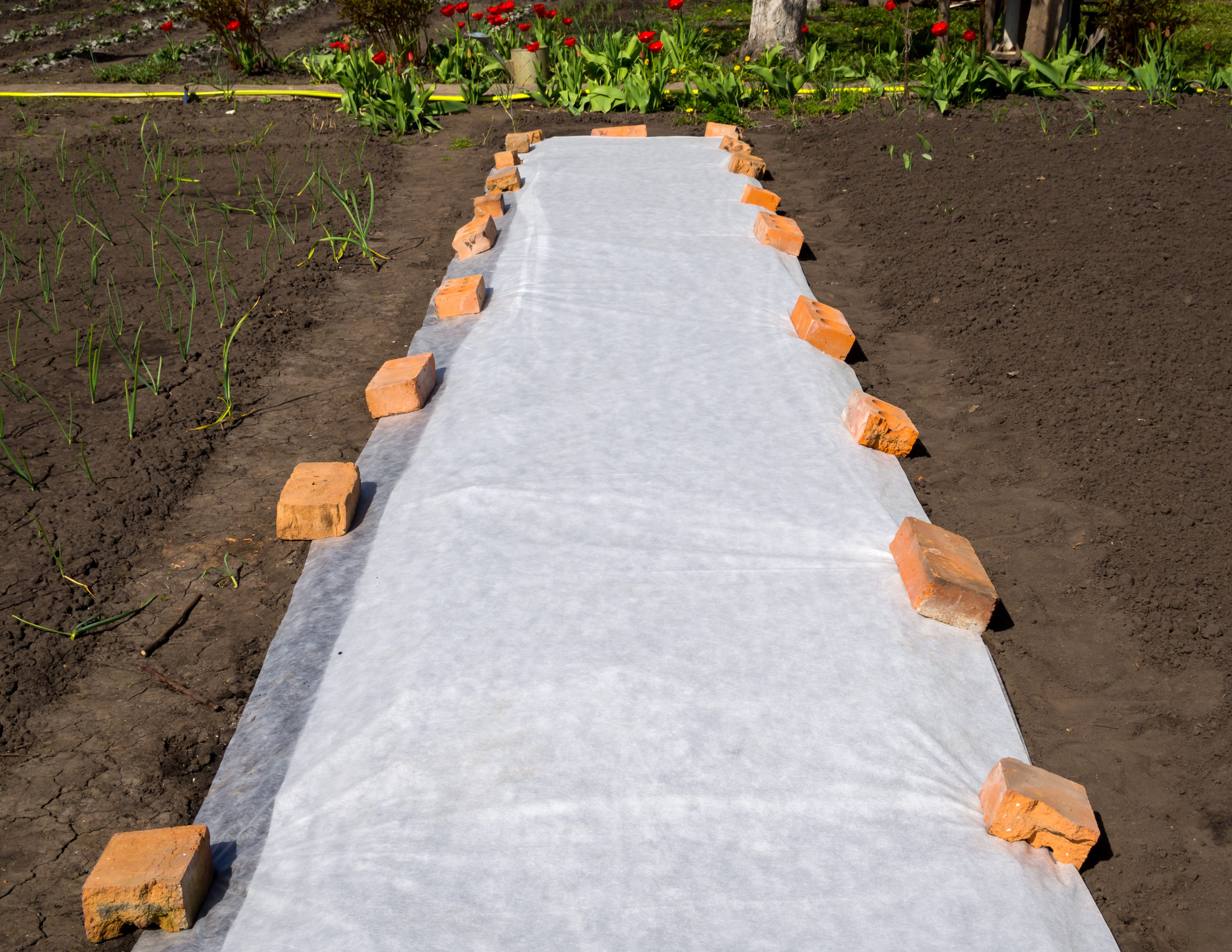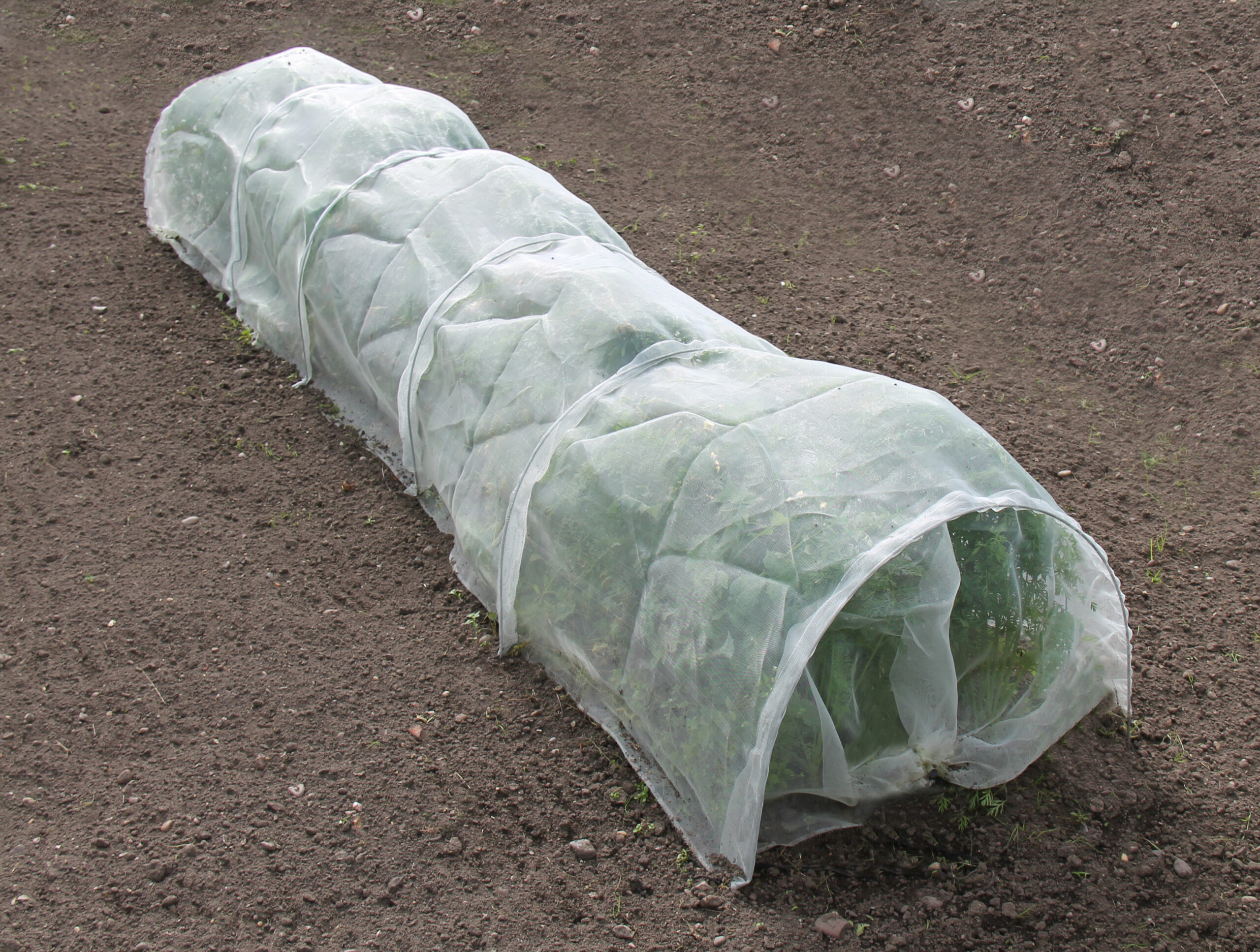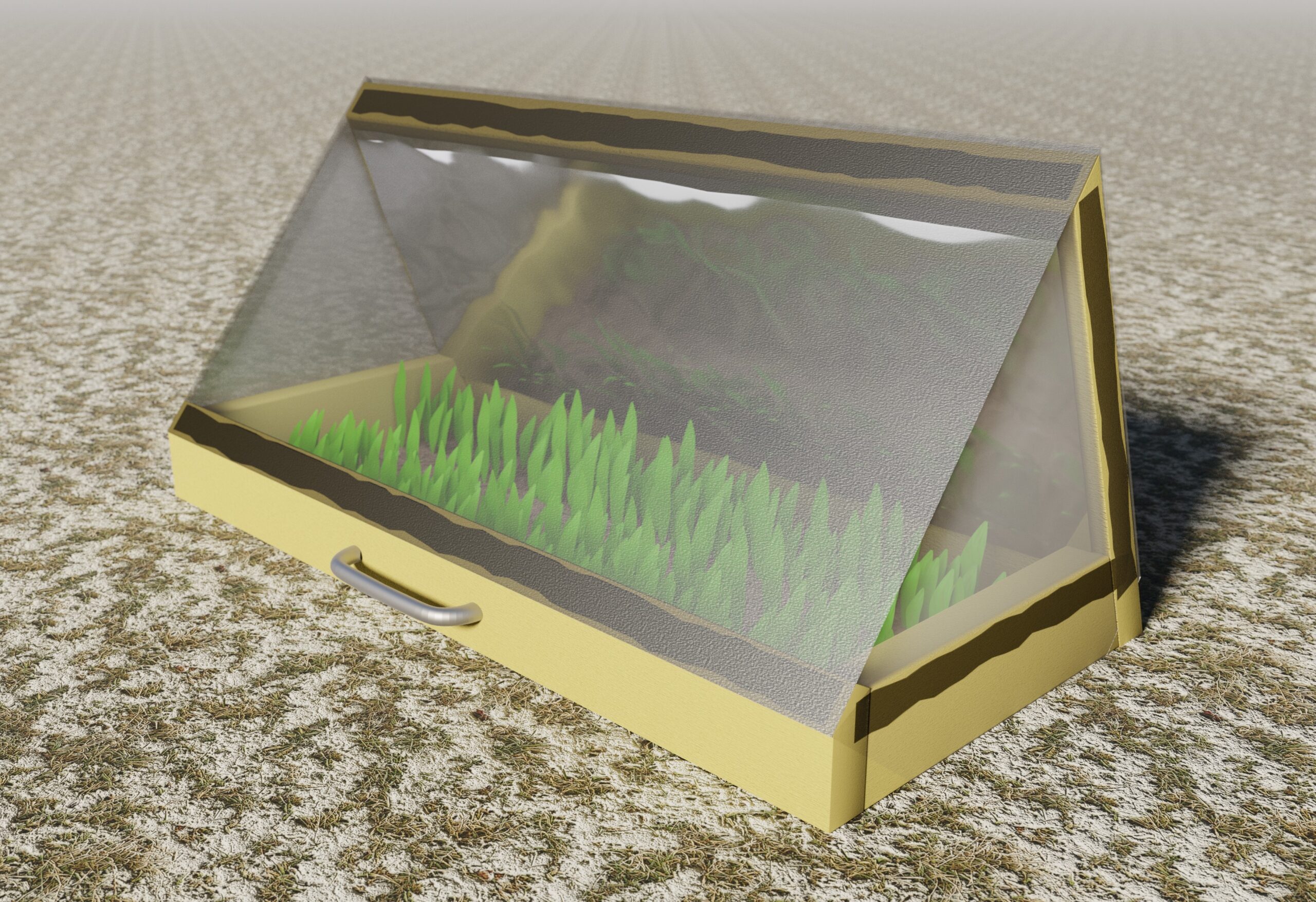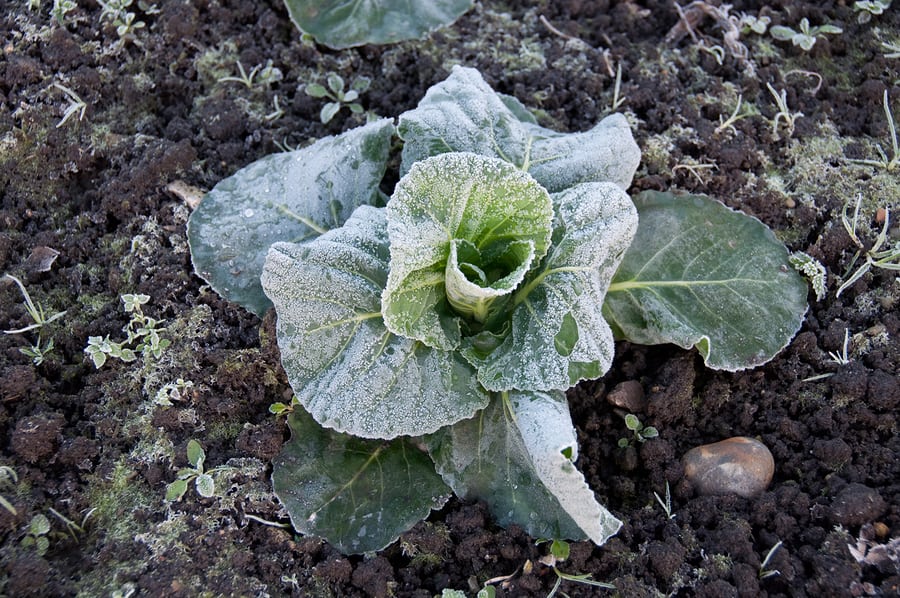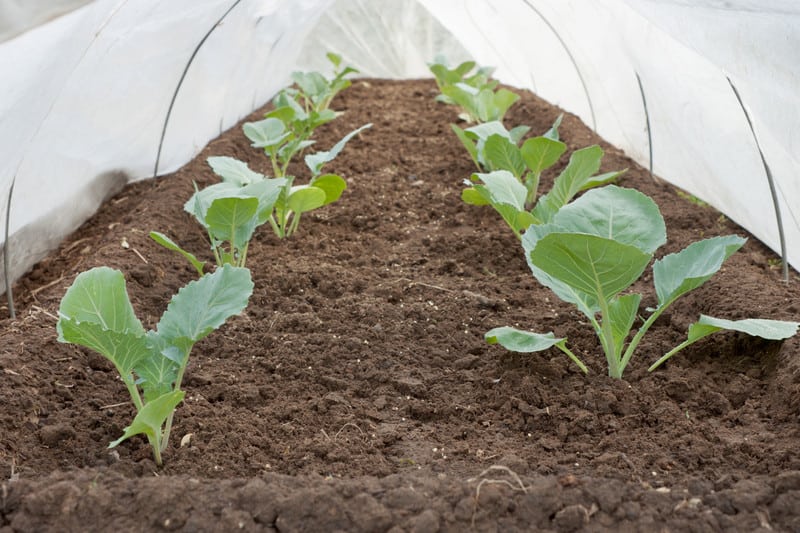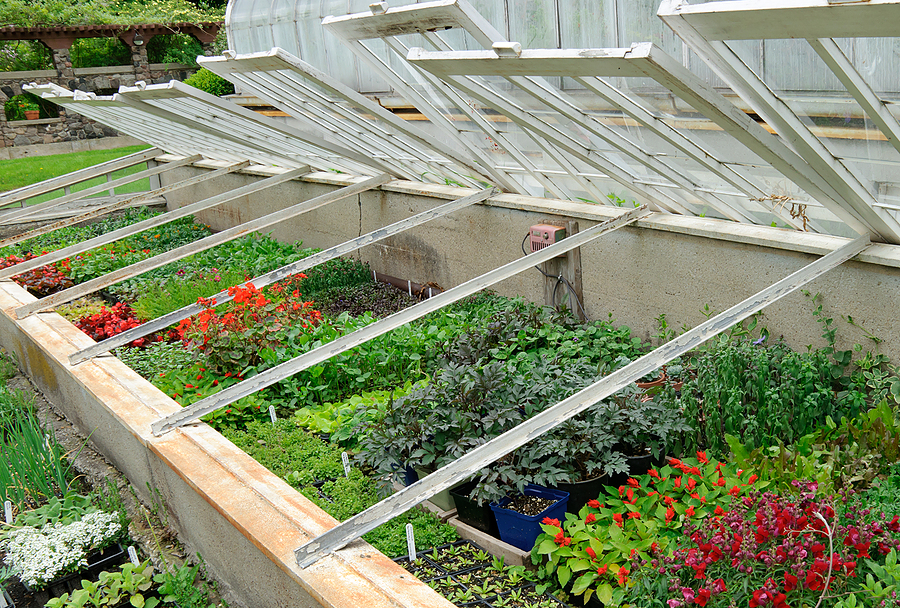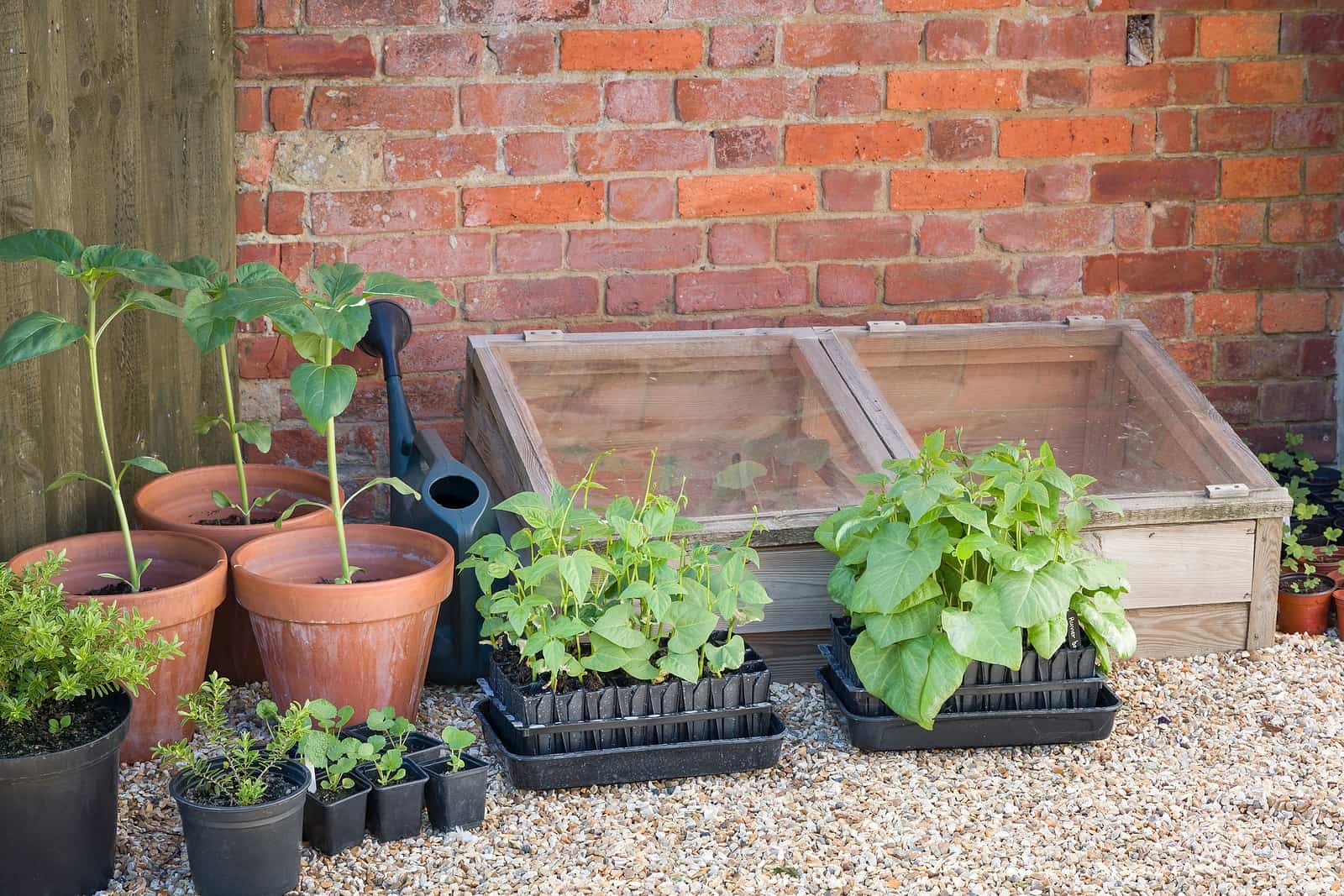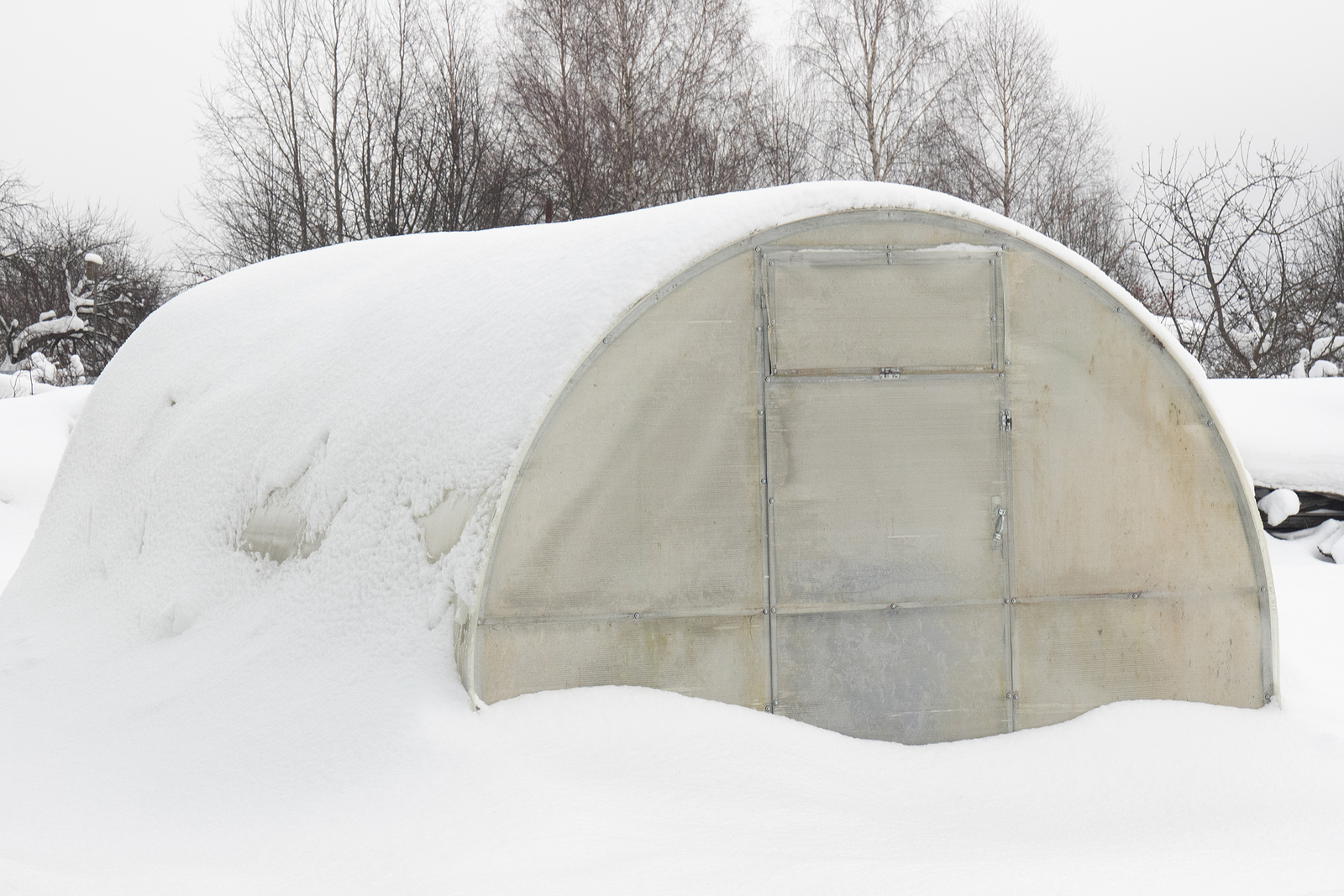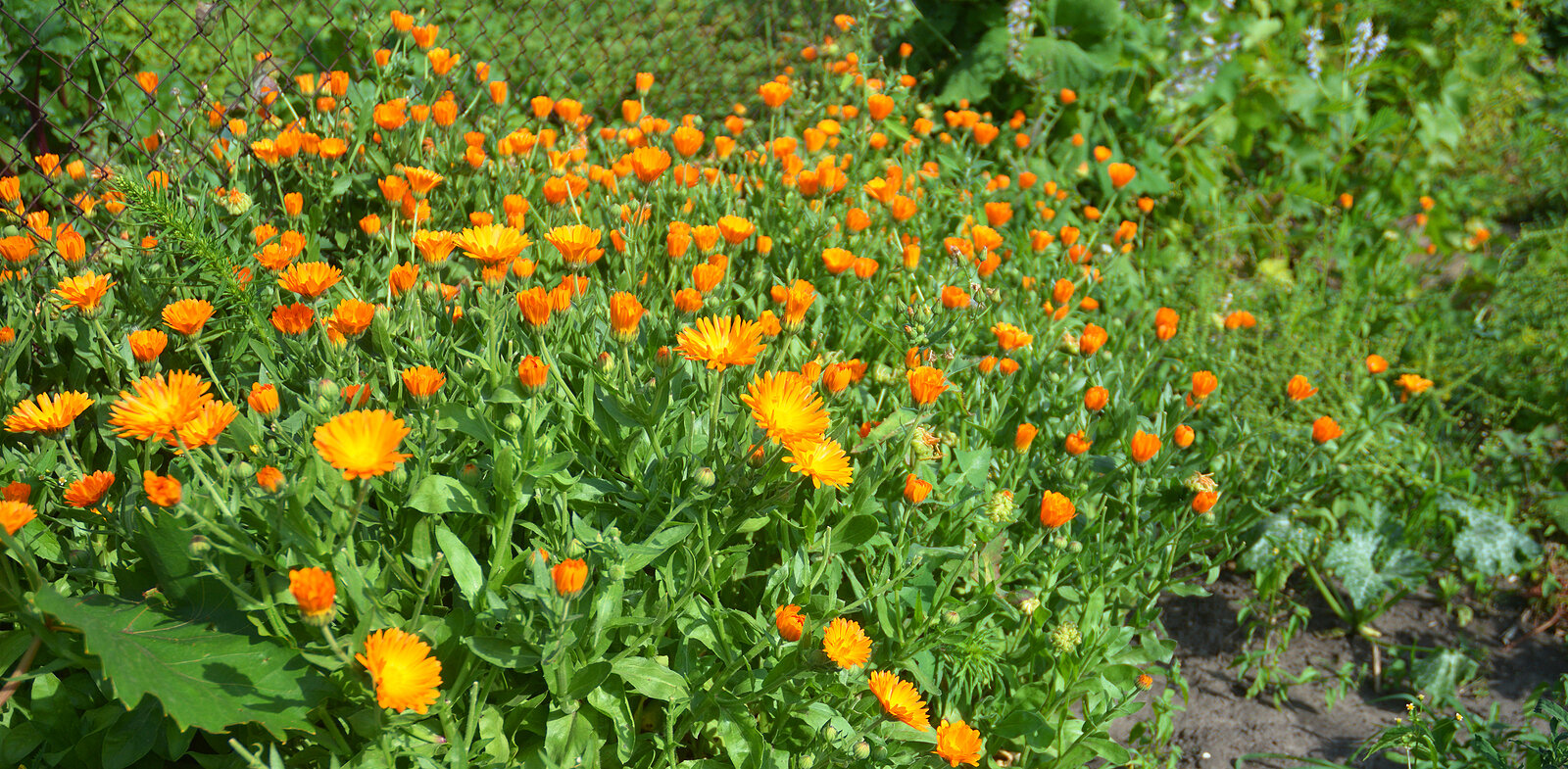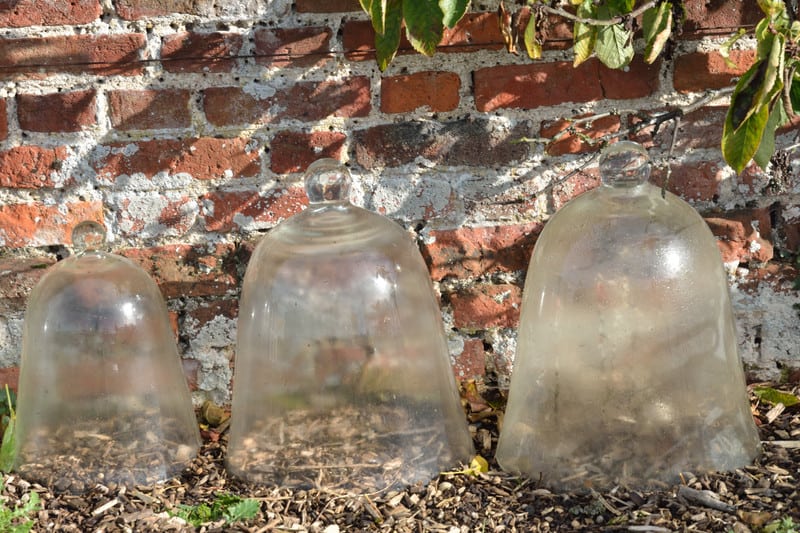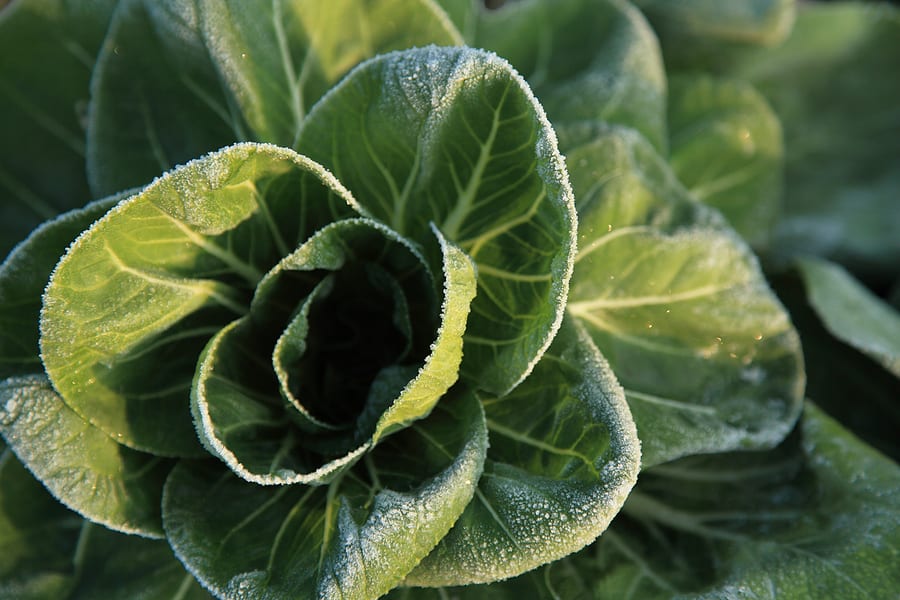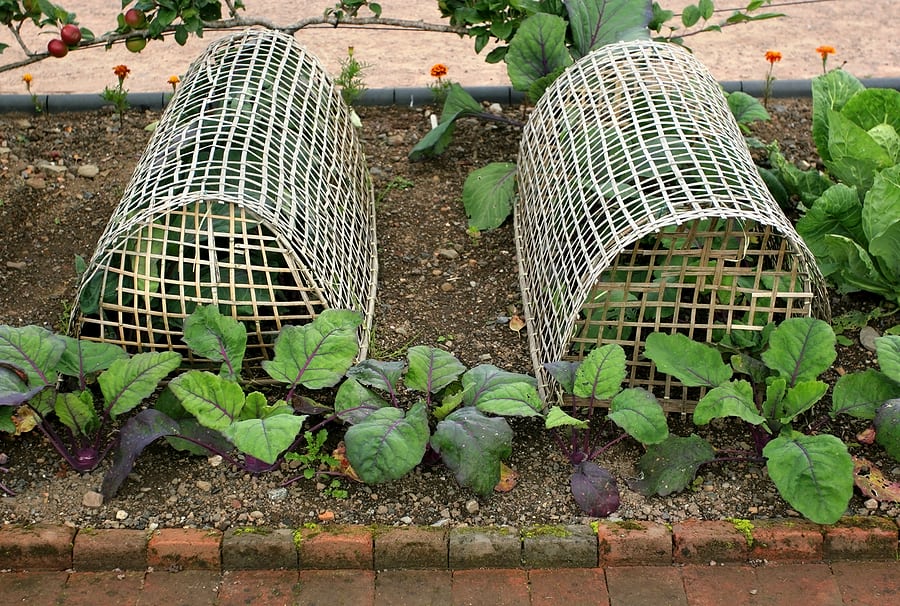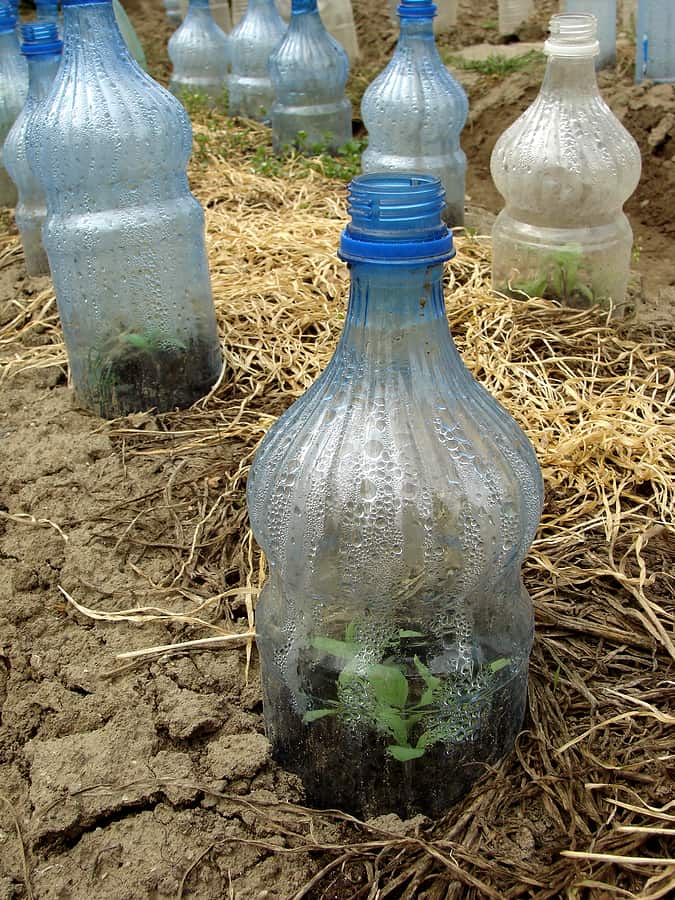Season Extension
Latest stories
More stories
-
Cold Frame Buyer’s Guide
A cold frame can extend the growing season, either in spring or autumn. A cold frame is a sturdy, open-bottomed box with a glass or plastic lid that lets sunshine in but keeps the cold out. Sunlight trapped in the closed box heats the air and soil inside allowing plants to thrive. In spring, cool-weather […] More
-
How to Grow a Winter Vegetable Garden
Many vegetables can be grown in winter and harvested in winter or early spring. Some vegetables take most of a year to mature; they are planted in spring and harvested in winter. Other vegetables can be sown in midsummer or early autumn for autumn and winter harvest. Vegetables for winter harvest include leeks, salad leaves, […] More
-
Row Covers Plant Protection
Floating row covers and plant blankets are an easy way to protect crops from chilly nights and light frosts. Row covers, floating row covers, and garden blankets are made from varying weights of synthetic materials and are used to protect plants. Floating row covers are made of lightweight spun poly fabric and are laid loosely […] More
-
Plastic Tunnels for Growing Vegetables
Plastic tunnels can be used to extend the vegetable growing season by 4 to 8 weeks. A plastic tunnel is easily made by draping plastic sheeting over a series of sturdy wire or plastic hoops to create an enclosed growing space. A plastic tunnel works much like a cold frame. The temperature inside a clear […] More
-
Vegetable Garden Cold Frame
A cold frame is a bottomless box with a clear or translucent top. It is set on the ground or over a planting bed to capture solar energy and heat the air, soil, and plants inside. A cold frame can extend the growing season by one to several months. A cold frame can keep plants […] More
-
How to Make a Cold Frame
A cold frame—a low, bottomless box with a clear glass or plastic top, that is set on the ground or over a sunken bed—can extend the growing season by 1 to 3 months. Use a cold frame to extend the growing season from fall into early winter and late winter into spring and protect plants […] More
-
Vegetable Garden Season Extension
Vegetable garden season extension is a term used for growing vegetables outside of the natural growing season—that is during winter, early spring, or autumn spring when outdoor temperatures are too cold for most plants. To extend the season, plants must be protected by covers small or large. When soil and air temperatures fall below minimum […] More
-
Hardy, Half-Hardy, and Tender Flowering Plants
Hardy is a term used to describe a plant’s ability to survive in a specific climate zone—even through the cold of winter. Commonly gardeners use the term “hardy” to describe a plant that can survive a freeze, frost, or a cold snap. Half-hardy is a term used describes plants that can survive only limited or […] More
-
Cloches and Hot Caps
Cloches and hot caps can be used to protect individual plants or a few plants at a time. A cloche or hot cap used at the beginning or end of the growing season when there are big swings in the daytime and nighttime temperature can add 3 to 4 weeks to the growing season. A […] More
-
Vegetable Garden Plant Hardiness
Hardiness or cold-hardiness is a term used to denote a plant’s ability to withstand cold temperatures. Cold-hardiness commonly specifies the minimum temperature to which a plant can be exposed and still be able to resume growing. At the end of the growing season, tender and very tender vegetables must be protected from cold or they […] More
-
Vegetable Seedling Protection
Protect vegetable seedlings planted in the garden from cool and cold nighttime temperatures. Protect warm-season seedlings such as tomatoes and peppers from temperatures below 55°F. Protect cool-season seedlings such as lettuce and cabbage from temperatures below 45°F. Cages and tunnels covered with plastic are quick ways to protect crops and extend the warmth needed for […] More
-
Cloche to Protect Plants
A cloche is a small, portable plant covering designed to be easily moved around the garden. A cloche traps the sun’s warmth raising the temperature of both the air and soil inside. A cloche can cover a single plant or a small group of plants. You can use a cloche to protect a plant from […] More

